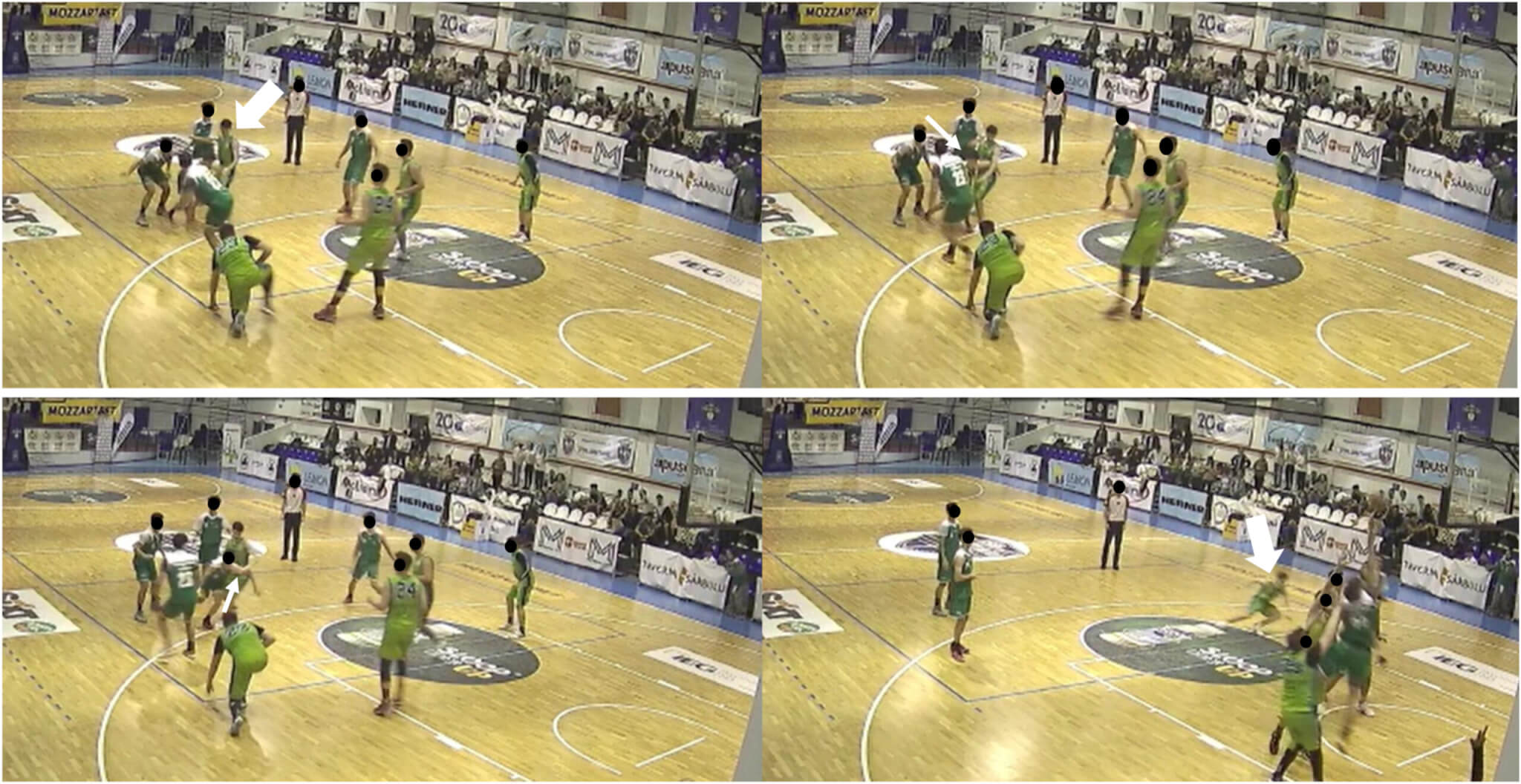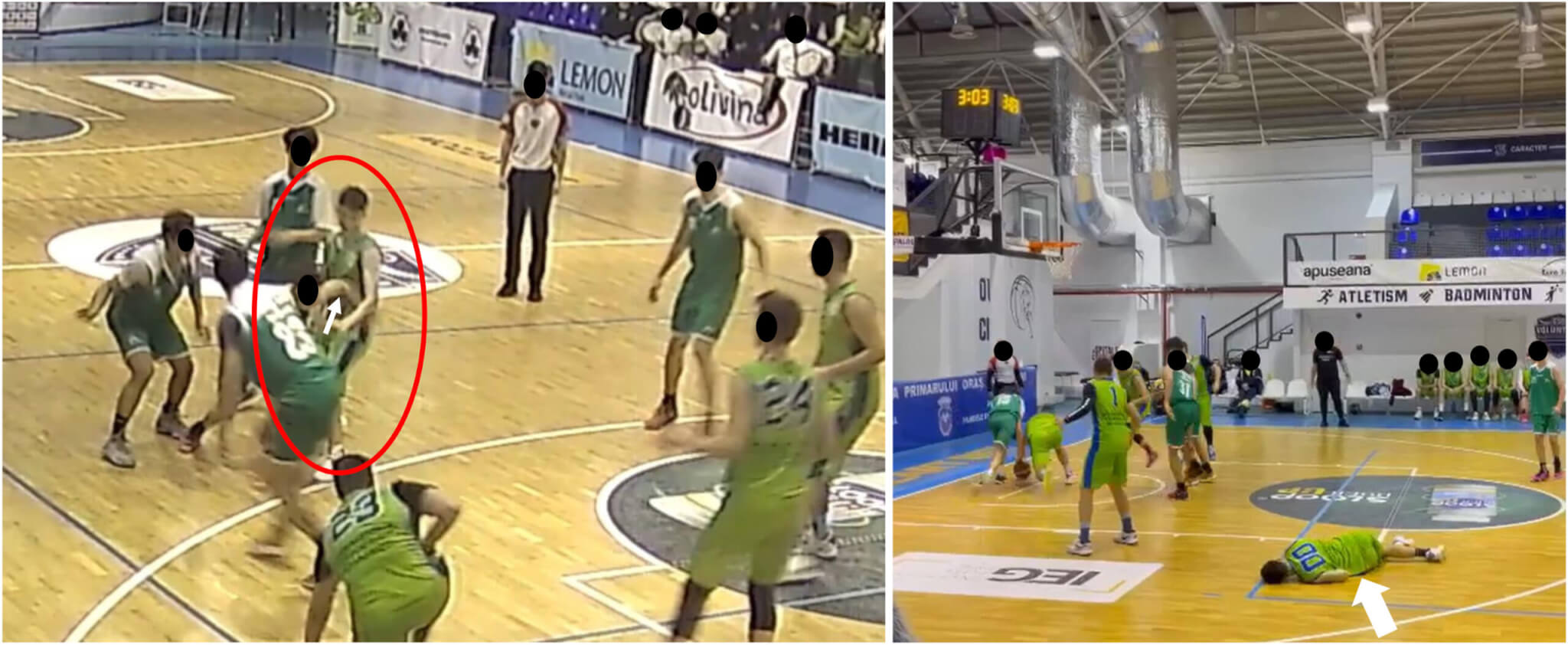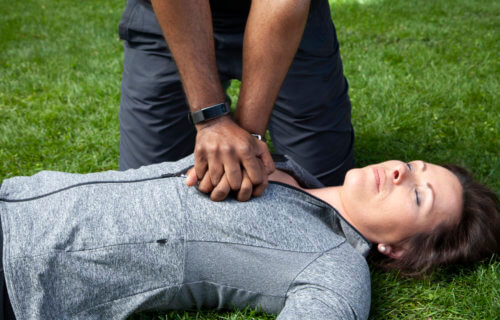BURLINGTON, Mass. — Doctors warn that a scary heart condition, now famous because of a pro football player’s near-death experience, is a very real threat — especially for athletes of all ages. A case study reveals that commotio cordis can even strike an otherwise healthy teen in a light-contact sport such as basketball.
Not much was known about commotio cordis before Buffalo Bills defensive back Damar Hamlin nearly lost his life on Monday Night Football. In one of the most terrifying moments to ever happen on a football field, Hamlin suffered a commotio cordis event that led to cardiac arrest after he was struck in the chest during a game between the Bills and Cincinnati Bengals. Hamlin stopped breathing and had to be resuscitated on the field.
The incident, witnessed by millions on live television, underscored the importance of rapid cardiopulmonary resuscitation (CPR) and defibrillation in saving lives.
Fast forward 60 days and 5,000 miles away to Bucharest, Romania, where another commotio cordis event occurred during a youth basketball tournament. This incident unfolded in front of families and friends rather than a global audience. An 18-year-old basketball player, referred to as M.V., was inadvertently struck in the chest by an opponent’s elbow, causing him to collapse during the game. Fortunately, the incident was captured on video, and immediate CPR and a single defibrillation shock were administered, ultimately saving his life.

Commotio cordis events have been reported in over 20 countries worldwide, but they are exceptionally rare and often counterintuitive, as seen in M.V.’s case. Commotio cordis occurs when a blow to the chest triggers ventricular fibrillation, a life-threatening heart rhythm disorder, within a narrow 20-millisecond window during the T wave of the heart’s electrical cycle.
Following the commotio cordis event, M.V. was evaluated at Lahey Hospital and Medical Center in Burlington, Massachusetts, under the care of Dr. Barry J. Maron.
“There is some skepticism regarding the existence of commotio cordis. Since the case of the Romanian basketball player was recorded and documented, it validates the existence of commotio cordis,” explains Dr. Maron in a media release. “It is a real phenomenon, and it occurs in real people in sports and in daily living. It is important to raise awareness of this condition, which is reversible with prompt intervention, as this case demonstrates.”

Prior to the incident, M.V. had been in excellent health with no cardiovascular complaints, and there was no family history of cardiovascular disease. Six weeks after his cardiac arrest, when he was examined at Lahey Hospital and Medical Center, he was asymptomatic, neurologically intact, and free of residual medical problems. He had already begun to resume normal daily activities without difficulty.
This commotio cordis event is noteworthy for broadening our understanding of the condition, as competitive basketball had not previously been associated with this cause of cardiac arrest. Typically, contact sports such as baseball, softball, and hockey have been linked to commotio cordis, often due to the higher likelihood of physical contact or chest blows from hard projectiles like balls and pucks.
“In this report, we have underscored once again that commotio cordis can occur under virtually any circumstance where there is the possibility of physical bodily contact of any magnitude, or projectile-induced chest blows, but always when least expected,” says Dr. Maron. “This may be the best documented case we have of commotio cordis, which should go a long way to dispel skepticism.”
The study is published in the journal HeartRhythm Case Reports.

